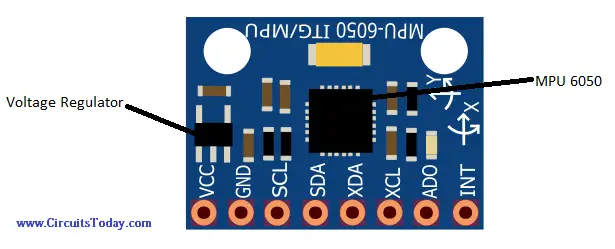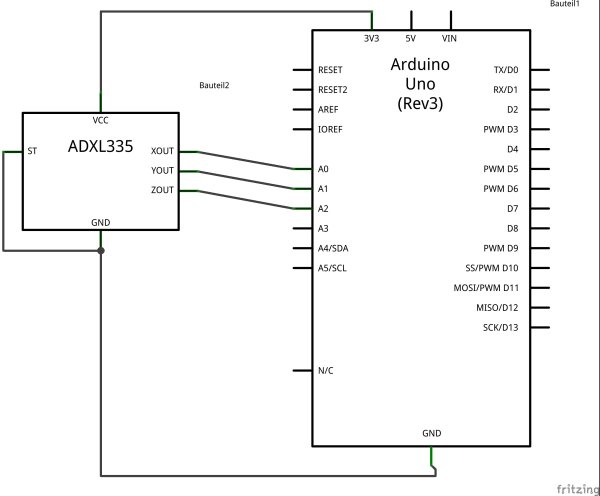

Inside the void setup, function calibrates the system when it is powered. This threshold value will be compared with the acceleration vector to calculate the number of steps. ADX元35 accelerometer does not require any library as it gives an analog output.Īfter that, define the Arduino Pins, where the accelerometer is connected.ĭefine the threshold value for the accelerometer.
How to add adxl335 proteus library code#
Here we are explaining some important snippets of this code.Īs usual, start the code by including all the required libraries. The complete Arduino Step Counter Code is given at the end of this document.



While running, the pedometer can be in any orientation, so the pedometer calculates the steps using the axis whose acceleration change is the largest. The average value of these 3-axis (Max + Min)/2, is called the dynamic threshold level, and this threshold value is used to decide whether the step is taken or not. Accelerometer continuously updates the maximum and minimum values of the 3-axis acceleration after every defined no. The pedometer system uses an accelerometer to get these values. We first built this Pedometer using Arduino setup on a breadboardĪnd after successful testing we replicated it on Perfboard by soldering all the component on Perfboard as shown below:Ī pedometer calculates the total no of steps taken by a person using the three components of motion that are forward, vertical, and side. Complete connections are given in the below table: Arduino Nano SCL & SDA pins of the I2C module are connected to A5 and A4 pins of Arduino Nano, respectively. To interface 16x2 LCD modules with Arduino, we are using the I2C module. X, Y, and Z pins of the accelerometer are connected with Analog pins (A1, A2 & A3) of Arduino Nano. In this circuit, we are interfacing with Arduino Nano with ADX元35 Accelerometer. Here in this Arduino Pedometer project, the ADX元35 accelerometer will act as a Pedometer sensor. ADX元35 accelerometer can measure the static as well as dynamic acceleration. It is a small, thin, low power module with a polysilicon surface-micro machined sensor and signals conditioning circuitry. The ADX元35 is a complete 3-axis Analog accelerometer, and it works on the principle of capacitive sensing. This pedometer can be integrated with this Arduino Smart Watch. This Pedometer will count the number of footsteps and display them on a 16x2 LCD module. So in this tutorial, we are going to build an easy and cheap DIY Pedometer using Arduino and accelerometer. Pedometers are the devices that only used to count footsteps. We have also built an IoT Based Patient Monitoring System where the critical data have been sent to ThingSpeak to be monitored from anywhere. And these IoT devices are synced with the cloud so that you can easily get all the history of your physical activity on a smartphone. Fitness bands are getting very popular nowadays, which not only counts the footsteps but also tracks your calories burned, display heartbeat rate, showtime and many more.


 0 kommentar(er)
0 kommentar(er)
